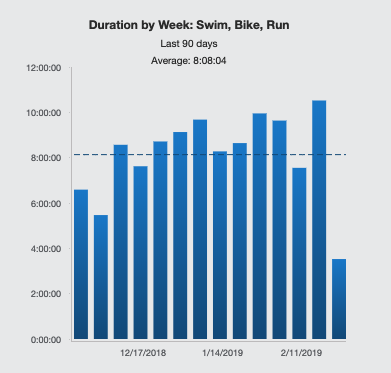It actually worked! Back in November, I came up with the idea that I wanted to try to qualify for Kona on a 10 hours per week training plan. Fast forward to May… and I won my age group at Ironman Santa Rosa with a time of 9:26 and qualified for Kona.
The goal was never to show that lower volume training is the best way to train. It’s not. And it is DEFINITELY not a “how to qualify for Kona” post– if you have never qualified for Kona, your best bet will be with a higher volume plan. (TriForcer Tom Glynn just took 3rd in his AG and qualified for Kona at Ironman Texas, and he did 16-20 hours for most of his training weeks, a more “typical” KQ plan) The goal is to show you how you can be almost as fast as if you did a “full” training plan if you are on a smart lower volume plan.
Here’s the full saga:
Part 1: The 10 Hours Per Week Plan. This is where I lay out some of the basic concepts, tools and workouts that can be useful for busy athletes in creating a lower volume training plan for Ironman.
Part 2: Notes on the first half of my IMSR training. This is the first half of the build or so where I was strictly under 10 hours every week. If you are a busy triathlete looking to train for Ironman I hope you’ll get some useful ideas from the article.
Part 3: The Second Half of my IMSR training. My training had a physical and emotional dip due to injury then I got into “phase 2” of my Ironman training – the final push where I had 5 bigger weeks of over 10 hours, followed by the taper.
Part 4: It Worked! Ironman Santa Rosa Race Report- 1st AG, Kona Qualification 9:26 finish time on 9 hours 50 minutes / week average over the course of the build! Mission accomplished- I think I was almost as fast as if I had done a “full” plan, which was the goal.





